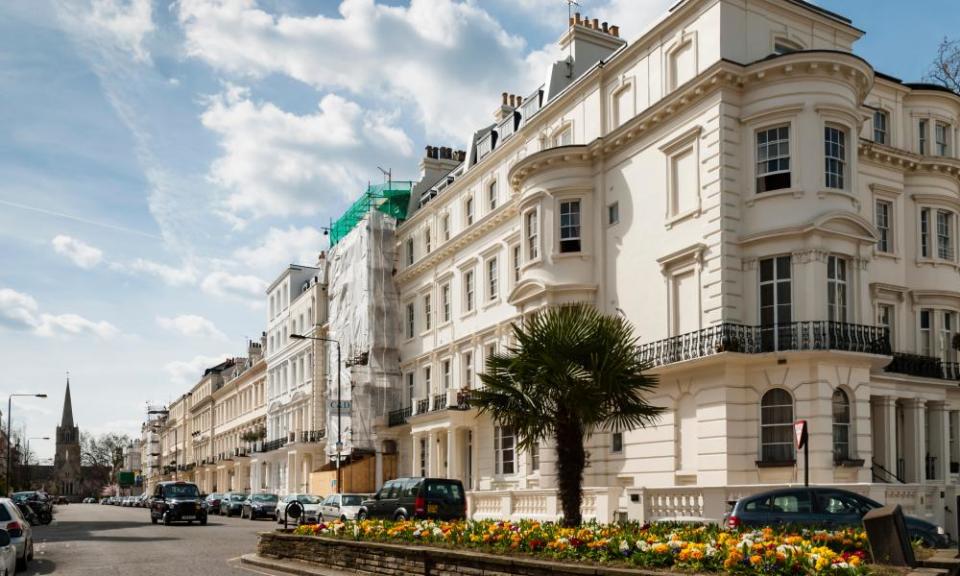Why London house prices jumped in November

London was in lockdown. Its economy – more dependent than most regions on hospitality and tourism – suffered as a result of the restrictions imposed in November by the government to curb the spread of Covid-19. Yet the price of the average house in the capital was almost 10% higher than a year earlier and topped the £500,000 level for the first time.
One London borough – Kensington and Chelsea – had house price inflation of 28.6%, the sort of increase normally associated with a booming economy rather than one that contracted by 2.6% on the month.
London was not alone. According to the latest data from the Office for National Statistics, UK house price inflation rose from 5.9% to 7.6% between October and November, its highest level since June 2016, the month of the Brexit referendum.
Related: Average London house price exceeds £500,000 for first time
Although this all takes some explaining, there are reasons why house price inflation has been so high. Going into the pandemic, demand for residential property was strong, in part due to competition among mortgage providers that was keeping the cost of home loans low.
The market then went into hibernation during the first lockdown, which coincided with the period when longer days and warmer weather normally lead to more people looking to move home. That pent-up demand was then unleashed as restrictions were lifted in the middle of last year.
The chancellor, Rishi Sunak, then gave house prices additional pep by announcing in July that stamp duty on residential property purchases up to £500,000 would be temporarily scrapped until 31 March 2021. For those who beat the deadline, there are considerable savings to be made: £15,000 on a £500,000 purchase. That is likely to have proved quite an incentive, especially in regions, such as London, where prices are higher. Inner London demand also seems to have been boosted by overseas investors seeking to buy before higher taxes for non-UK residents kick in, and by demand from people coming to Britain from Hong Kong.
There is some evidence that Covid-19 and an increase in working from home has resulted in people looking for bigger homes with a garden. The cost of the average detached home rose by 8.5% in the year to November, while flats and maisonettes went up by 5.4% over the same period.
Will the boom end in a crash, of the sort seen in the early 1990s? Probably not, provided the vaccine programme goes as planned and the economy starts to recover in the spring. Unlike in the early 1990s, interest rates are at rock-bottom levels and will stay there. But unemployment will rise as the furlough is withdrawn and purchases that would have taken place in 2021 have been pulled forward to secure the stamp duty windfall. These factors will bring house price inflation down and – unless the chancellor gives another leg-up to the market – there are likely to be modest falls in property prices this year.

 Yahoo Finance
Yahoo Finance 